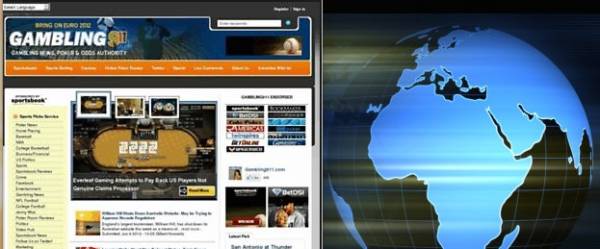Another Gambling 911 Exclusive: Why the WSOP Killed the November Nine
LAS VEGAS -- Nine years ago, the folks who run the World Series of Poker (WSOP) decided to install a four-month break between the setting of the final table of its signature tournament, the Main Event, and the playing of the final table.
Starting in 2008, the nine-person Main Event final table would be set in July and then play would be suspended until November.
The final table members would be dubbed the "November Nine" and it was hoped that the four-month hiatus would provide anticipation and buzz and media excitement as the poker world waited breathlessly to see who would be the new WSOP Main Event champ.
After all, the planet was still in the middle of a worldwide poker boom that started in 2003 when an unknown accountant from Tennesee with the unlikely name of Chris Moneymaker won the WSOP Main Event and millions of dollars after qualifying by winning an online tourney that cost only $39 to enter.
By 2008 poker was red hot and professional poker players were becoming celebrities.
With a four-month break, WSOP officials reasoned, maybe "November Nine" members would end up on late night shows such as Letterman and Leno and maybe even the "Today" show or "Good Morning, America,"--all highly-viewed television programs that would promote the WSOP Main Event.
No such luck.
In fact, not only did the strategy fail, it failed miserably.
From 2008 to 2016, the time period in which the "November Nine" format was used for the WSOP Main Event, not one final table member ever appeared on a network TV show during the four-month breaks.
The low point of the "November Nine" fiasco came in 2009 when WSOP officials thought they lucked out like a leprechaun when top poker pro Phil Ivey made the Main Event final table.
Ivey was one of the best poker players in the world, had earned millions of dollars and was well-known.
Also, his backstory was unique: he was one of the few blacks in a mostly-white pastime and he was dominating--comparisons to Tiger Woods were common.
Ivey would be a media darling and would promote the hell out of the upcoming WSOP Main Event final table, which would be televised on cable channel ESPN--that was the hope of the WSOP.
But the notoriously publicity-shy and media-hating Ivey declined all TV interviews during the break except one, which was done on ESPN the day before the final table began.
(The WSOP should have known what to expect when Ivey skipped out on the press conference in July immediately after the final table was set.)
So for 2017, the WSOP announced earlier this year, the Main Event would return to its original format, sans the four-month break and the "November Nine."
When contacted this week by Gambling 911, WSOP spokesman Seth Palansky put on his best face and denied that the "November Nine" concept was axed because it failed to generate buzz for the Main Event.
Instead, he insisted, the format was changed back because letting the final table play out in July instead of November will allow more of the Main Event to be televised live (actually on a short delay).
"The reason for the change is because our nine-year deal with ESPN was up and we had a chance to look forward as we signed a new four-year deal," Palansky told Gambling 911 in an exclusive interview Thursday at the Rio All-Suites Hotel & Casino, site of the 2017 WSOP.
"When we signed the last deal in 2008, that’s when we introduced the live final table concept and it made sense to create a big finale," Palansky said. "Fast-forward to today’s world with live-streaming everything and social media everywhere and immediacy became important.
"The 'November Nine' concept wasn’t really about the delay, it was about getting two or three nights in prime time on ESPN when we award our champion. Before that it was a packaged two-hour show airing four months later.
"So ESPN loves the 'November Nine'--live poker in prime time--and wanted to see if there was a way to get more of it. As such, the TV windows are a lot more open in July than they are in the fall, competing against the NFL, NBA and college sports.
"So ESPN has committed to 40 hours of live TV with the Main Event, starting on Day 1 of the tournament. So now we get the whole thing airing on ESPN and it only made sense in today’s world to play it off immediately, without the delay.
"Best for us, we still get all the two-hour packaged shows airing in the fall too. So ESPN has gone from 12 hours in commitments live to 40 and the same amount of packaged shows as previously."
By Tom Somach
Gambling 911 Staff Writer










